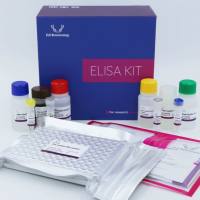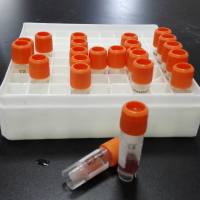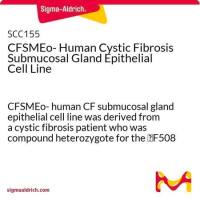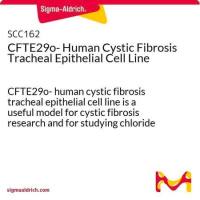Modeling Liver Fibrosis in Rodents
互联网
384
Animal models of hepatic fibrosis provide a means to study the cell and molecular mediators of fibrosis in a serial manner during both progression and recovery.
Several approaches to induction of fibrosis have been described. Of these, CCl4 intoxication in rats and mice is probably the most widely studied. In addition, the CCl4 model is the best characterized with respect to histological, biochemical, cell, and molecular changes associated with the development of fibrosis. CCl4 can be given intraperitoneally or by oral gavage; it induces zone III necrosis and hepatocyte apoptosis with associated hepatic stellate cell activation and tissue fibrosis. With repetitive dosing CCl4 can be used to induce bridging hepatic fibrosis (4 wk of twice-weekly dosing), cirrhosis (8 wk of twice-weekly dosing) and advanced micronodular cirrhosis (12 wk of twice-weekly dosing). In addition, for each of these models spontaneous recovery from fibrosis can be studied after cessation of dosing. Mechanistic studies using gene knockout and transgenic animals can also be established using CCl4 . Together these models have provided unparalleled insights into the mechanisms underlying hepatic fibrosis.









